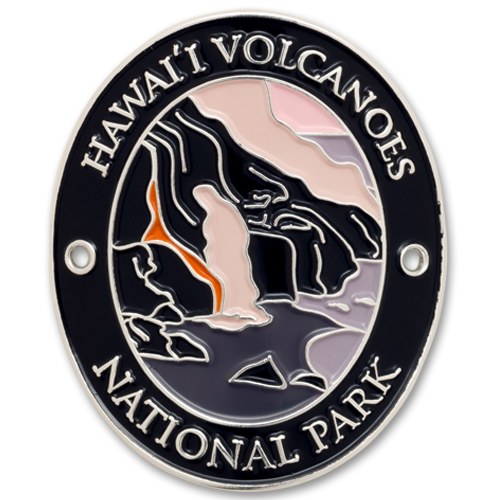

The frame also has a ledge at the bottom to help stabilize the fingers while pushing the buttons or screen in flight. With terrific resolution, the 10-inch screen is fully touch-capable, yet there are buttons in the frame, providing multiple ways to manipulate the technology. The start-up also gave me the first look at Dynon’s SkyView HDX. I’m not a big fan of the Rotax’s high-rpm buzz, which has become the standard for LSAs, so starting up the 100 hp Continental O-200 engine was a pleasure. Despite the slight increase in weight, Vashon chose a five-point seat-belt system for extra safety. It would be impossible to adjust once in the seat, so Krueger helped me get set up. The rudders adjust, but must be locked with a pin. The right leg has to find its way to the other side of the stick, which curves its way from the floor to just above the seat. Taylor hopes to bring the empty weight down to 860 pounds or lower.Ĭlimbing into the Ranger is slightly challenging. The published empty weight is 875 pounds, which this airplane would have easily stayed below without the optional autopilot and second SkyView screen - proof the company delivers as published or better.
#Volcano stick ranger serial number
The Ranger I flew, the third prototype and first conforming model - Serial Number 1 - comes fully loaded and has an empty weight of 882 pounds. The max fuel capacity is 27½ gallons, so a lone pilot, or one with a child, could conceivably fly for nearly 4½ hours with reserves. With about 18 gallons of fuel in the tanks, Krueger and I were below the weight restriction, and could have flown for about three hours with a VFR reserve because the 100 hp Continental O-200 only burns about 5.5 gph in economy cruise.

Nonetheless, I managed to score a day when I could fly the Ranger, albeit under overcast skies.Īt Paine Field, I met my demo pilot, Ken Krueger, who spent many years designing airplanes for Van’s Aircraft and is also Vashon’s design engineer. The area is generally plagued with raw weather - overcast skies, rain and sometimes snow even down at sea level. January is not the ideal time to visit the Pacific Northwest. Vashon Aircraft’s logo and the Ranger R7’s design reflect the beauty of the Pacific Northwest, with its towering volcanoes and vast forests. “Especially in the pattern, it’s the easiest airplane you can fly,” something flight schools would appreciate, he added. “We’ve intentionally set it up for abuse,” says Taylor. Unlike most LSAs, which have small wheels to keep the weight low, the Ranger has 6.00-6-size wheels and tires - the same as most Part 23-certified singles. It is a boxy, brawny metal beast with plenty of space and beefy landing gear, strong enough for the rigors of the training environment. Vashon chose a nature design inspired by the beauty of the local area, with its imposing volcanic peaks and the densely forested grounds fed by the Pacific Northwest’s incessant rains.ĭespite being light, the Ranger is the Jeep of the LSA category. In addition to being lighter, the wrap allows for cool designs to be applied to the fuselage that would be cost prohibitive if done in paint. Paint comes with a great weight penalty, so Vashon turned to a local vinyl-wrap supplier, Wicked Wraps. With the limits of LSA, weight is a major production consideration. The parts are then transported to a hangar at the Paine Field Airport (KPAE) in Everett, where final assembly takes place down the street from Boeing’s massive facility. Vashon’s Production PlantĪt the Woodinville factory, colocated with Dynon in an industrial park, Vashon produces structural components and puts fuselages and wings together. Today, more than 20,000 aircraft fly with Dynon products, and the company is homing in on the even larger certified-avionics market. With affordability its hallmark and a reputation for delivering on its promises, Dynon grew exponentially. The company then expanded its product line with a variety of electronic-panel solutions for experimental and light-sport aircraft. He founded Dynon Avionics in 2000 and launched the successful EFIS-D-10 in 2003. After that successful venture, Torode, who grew up flying light airplanes, turned his focus to making avionics more affordable. How is this possible? Vashon Aircraft’s founder, John Torode, is a brilliant serial entrepreneur who made most of his fortune from a highly successful semiconductor company, which was formerly housed in the same building in Woodinville, Washington, that now serves as Vashon’s headquarters.


 0 kommentar(er)
0 kommentar(er)
